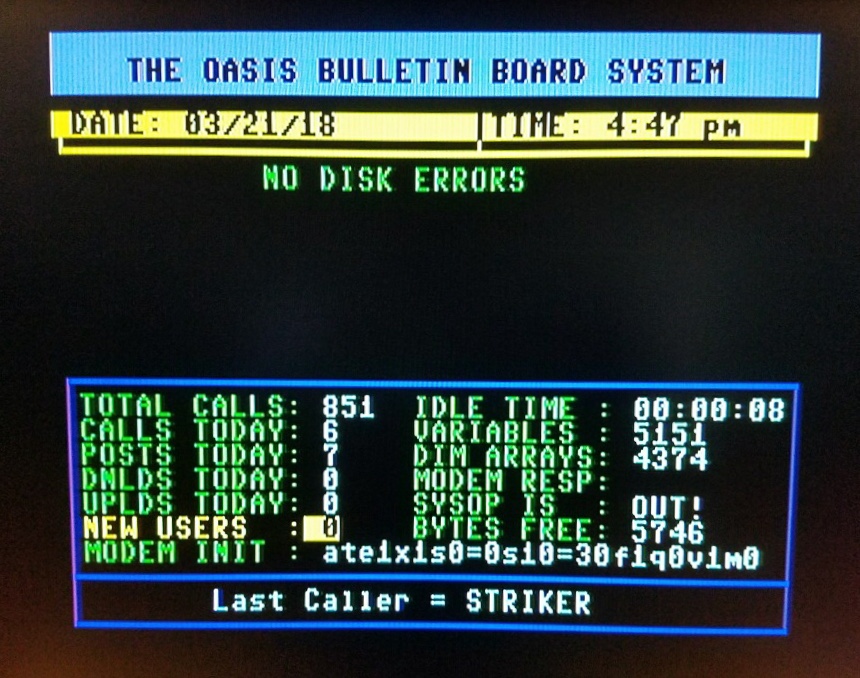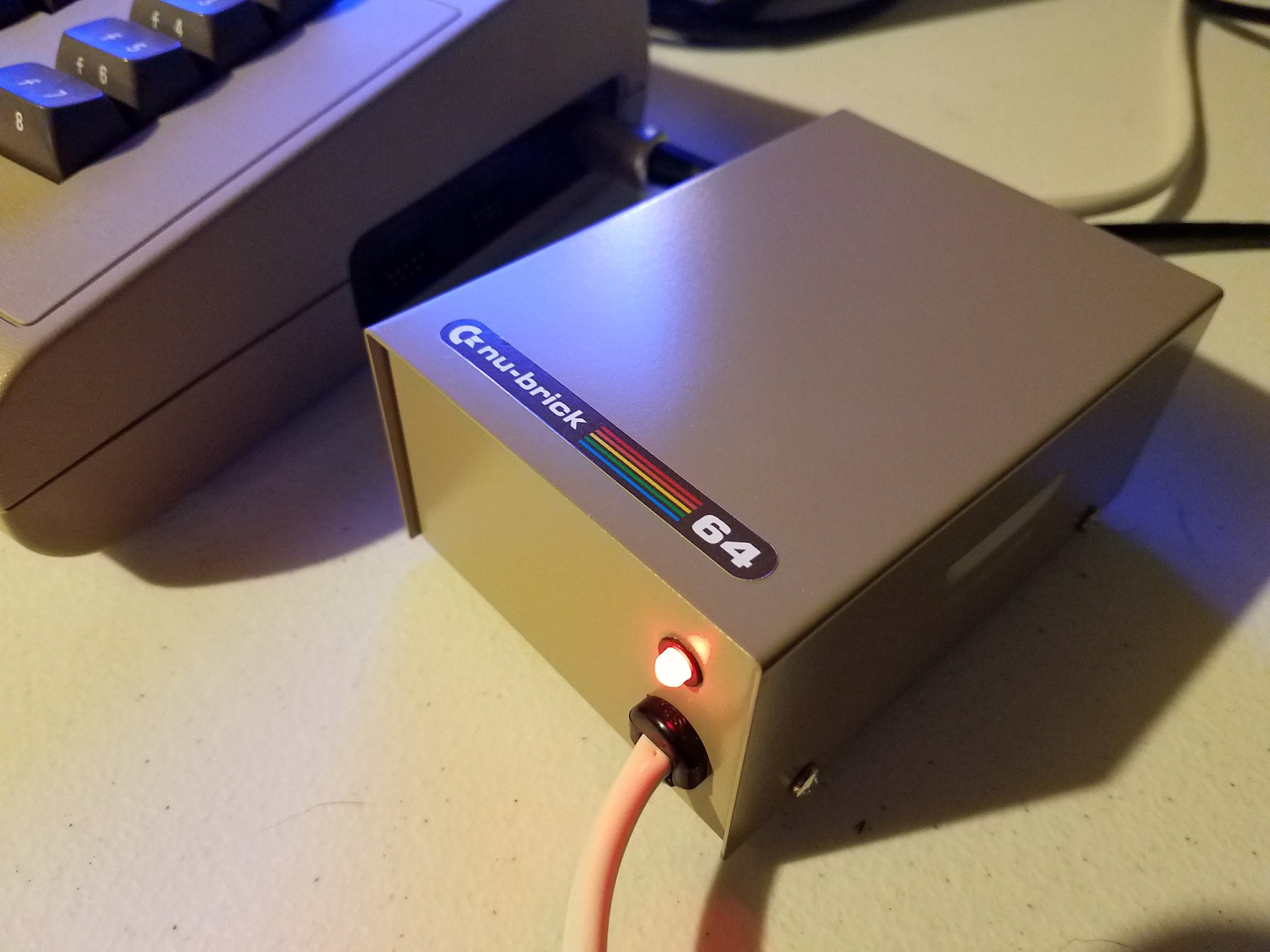In this latest RobSmithDev feature, X-Copy history takes center stage. This Amiga disk-copying tool became famous for both legitimate backups and widespread piracy. However, it began as a fast, reliable way to back up floppy disks.
Launched in 1988 by Anguilla Software International and distributed by Cachet, X-Copy evolved rapidly. Each version introduced new features while keeping the official warning: for backups only. RobSmithDev explains how ads highlighted lawful use, showing the software alongside its companion tools—X-Lent, X-Press, and the encryption utility X-It.
Versions, Variants, and Scene Mods
From the original v1.2 release to professional v3, turquoise-themed v5, and special editions like Xmas ’92, X-Copy kept changing. Rob also explores unofficial “scene” versions that modified graphics, expanded track ranges, or added cheeky on-screen messages like “Endless Piracy.”
Collectors find these variations—and their unique traits—a fascinating part of X-Copy history.
The Cyclone Hardware Dongles
Rob dedicates significant time to Cyclone, X-Copy’s hardware companion. Cyclone allowed copying of disks with protections that software alone could not bypass.
He examines passive, active, and even a rare Amiga 2000 internal prototype dongle. Each design is explained, including wiring changes, chip functions, and how the process mirrored a digital tape-to-tape copy. Later active versions improved verification, making them prized among Amiga hardware fans.
Interview with Christian Bartsch
A highlight of the video is Rob’s interview with Christian Bartsch, a former Cachet employee. Bartsch recalls hotline support work, compiling compatibility lists, and traveling to the Caribbean for the company.
He explains Cachet’s stance: X-Copy existed to make legal backups, not mass piracy. Despite knowing it was one of the Amiga’s most pirated programs, Cachet focused on quality updates and even ran a subscription service for regular software and hardware improvements.
Preservation, Kryoflux, and the SPS
The discussion shifts to Bartsch’s work with the Software Preservation Society and Kryoflux. His role involves archiving thousands of original disks with precision, ensuring they remain unaltered.
He outlines why authentic preservation matters, how different game versions are recorded, and why some original “cracked” releases also hold historical value.







